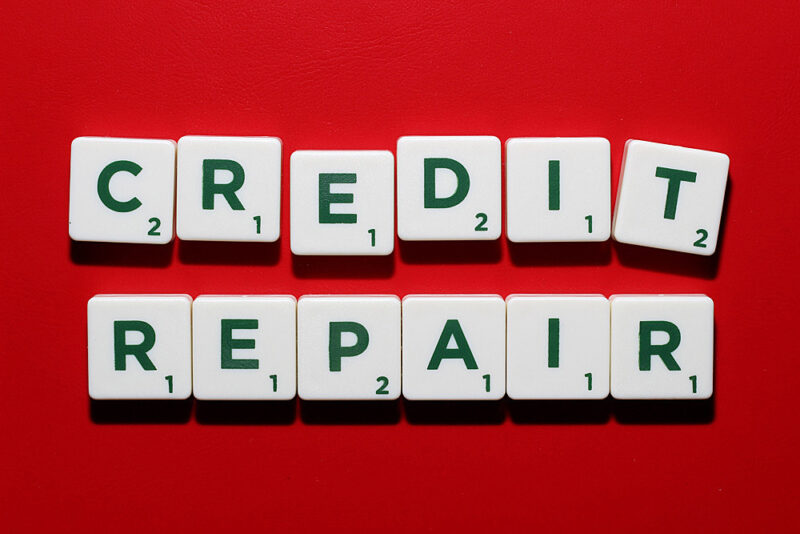Many people believe that bankruptcy destroys their credit for a lifetime but this is not true. Bankruptcy does some serious damage but with discipline, you can rebuild your credit. Getting back on the fine track of your financial life is not very difficult. You just need to follow some simple steps for rebuilding credit after bankruptcy.
Check out below seven important steps on how to rebuild credit after bankruptcy.
- Make Sure Your Credit Report Reflects Bankruptcy
It is better to display your bankruptcy than showing outstanding and delinquent balances. Your credit report should show zero balance discharged through bankruptcy. It is very important to inspect the credit report as creditors continue to report negative account information. Consult a credit reporting agency when discharged debts are active. You should send a copy of the discharge to each agency so that they do not report. You can also send a dispute to the credit bureau.
- Pay Non-Bankruptcy Accounts on Time
Bankruptcy does not include your all accounts such as student loan cannot be discharged. So, active accounts will impact your score and thus you have to pay your loans on time. You should not ignore other accounts that are not on your credit report. If you do not make payments of other accounts on time then it would eventually be reported. You should try your best to prove your creditors that your financial mishaps are behind you.
- Get New Credit
Getting new credit is also a very important step in rebuilding your credit. You cannot declare bankruptcy a second time for another seven years and therefore some companies approve applicants for new credit. You can also try a secured credit card or loan the second time. However, you will get a new credit card and loan with higher rates and restrictions as well. Just remember to make small purchases and pay your expenses on time every time. Then you will surely start building marks on your credit report.
- Consider a Co-Signer
You can easily qualify for loans and cards with a friend or family member as a co-signer. You have to keep a good payment record with your co-signer. This is important for your credit report and co-signer as well. If you fail to pay or make late payment then it will put a bad impact on the credit report of co-signer as well. However, most credit card company does not accept co-signer but auto loans do accept. You can also make another person as the authorized user of your account.
- Avoid Job-Hopping
The lender looks at various things apart from focusing only on credit score, especially after a bankruptcy. If you are a frequent job changer then it indicates that you do not take your responsibilities seriously. Thus, some lenders avoid taking chances on such types of borrowers. On the other hand, if you have a good job record and shows the sign of stability then there is a good chance for you.
- Make New Card Payments on Time
Positive payments on-time helps to improve credit scores quickly. Make sure you make payments on time for your secured or unsecured credit card. You should also pay your balance in full to avoid any debt trouble again. If you make a late payment for more than 30 days then it will stay in your report for seven years. Thus, it will become much harder to maintain creditworthiness.
- Keep Balances Low
All credit users with good credit scores always keep their balances low. This is not about how much you pay off in a month but how much you charge. Your credit balance could be reported by the card issuer anytime. Therefore, you have to ensure that your total balance is not more than 30%.
On the Ending Note
Now that you learn how to rebuild credit, you can easily improve your score. Rebuilding credit after bankruptcy with the help of a credit repair company is even easier.




